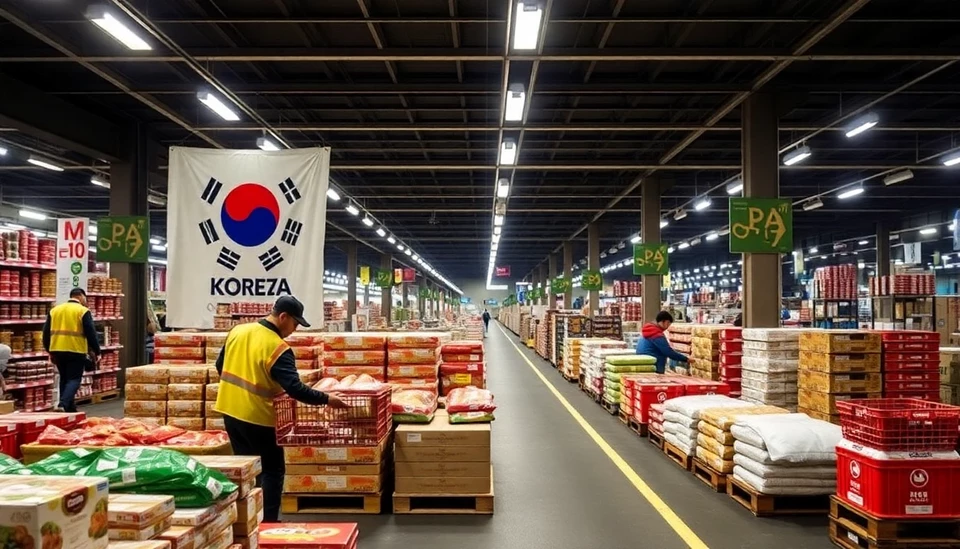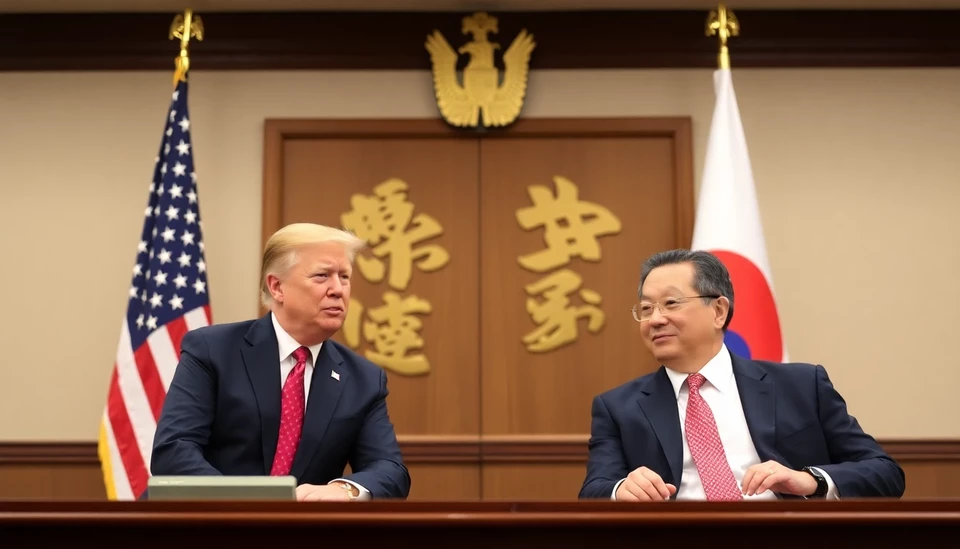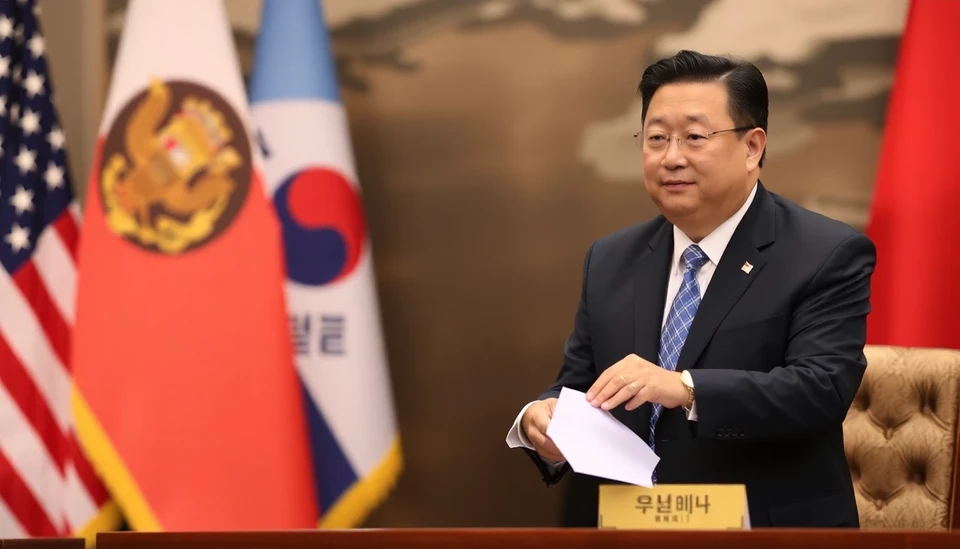
In a recent turn of events, South Korea's export sector has shown signs of revival, coinciding with the impending implementation of new tariffs by the United States. As global trade dynamics continue to shift, South Korean manufacturers are rushing to maximize their shipments before these tariffs take effect, allowing them to secure a competitive advantage in the market.
January data from Korea Customs Service reveals a notable increase in exports for South Korea, rising by 9.5% year-on-year. This unexpected growth is particularly startling given the backdrop of global economic challenges, including inflationary pressures and fluctuating demand. South Korean industries, particularly technology and automotive sectors, are expected to significantly benefit as they dispatch goods ahead of the anticipated tariff imposition.
Experts attribute this surge to strategic decision-making by businesses that aim to mitigate potential cost increases associated with new tariffs. Major companies have reportedly accelerated production and fulfillment of pending orders to capitalize on current trade agreements before any modifications come into play. This urgency underscores the significant role that U.S. policy plays in shaping international trade flows.
Currently, U.S. officials are poised to implement a series of tariffs targeting specific sectors, particularly in technology and consumer goods, which are crucial contributors to South Korea's export economy. The South Korean government is closely monitoring these developments, anticipating that while the immediate export boost could be beneficial, a protracted trade conflict may emerge if tariff adjustments lead to retaliatory measures.
While South Korea revels in its short-term export gains, analysts remain cautious regarding the long-term implications of increased tariffs. Economic specialists warn that sustained trade tensions could hamper growth, as businesses may face increased costs in sourcing raw materials or dealing with escalated prices in global markets. Thus, they suggest that navigating the upcoming trade landscape will require strategic adjustments and perhaps diversification of export markets beyond the U.S.
In light of these developments, the South Korean government has indicated its willingness to engage in discussions with U.S. counterparts, aiming to negotiate terms that could alleviate trade tensions and safeguard mutual economic interests. The effectiveness of such negotiations will ultimately shape the economic relationship between the two nations moving forward.
Overall, while the immediate surge in exports may brighten the economic outlook for South Korea, the looming shadows of new tariffs signify a potentially turbulent road ahead. Companies and policymakers alike will need to adapt strategically to the evolving economic landscape to ensure sustained growth and stability.
#SouthKorea #Exports #USTariffs #TradeRelations #GlobalEconomy #ManufacturingGrowth
Author: Daniel Foster




